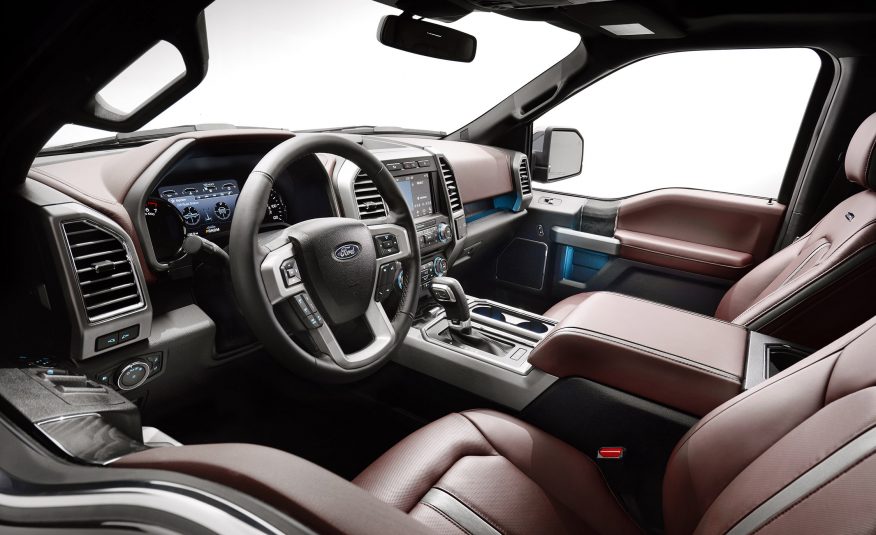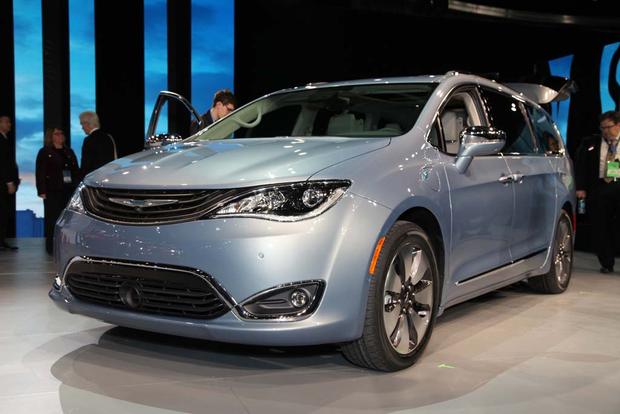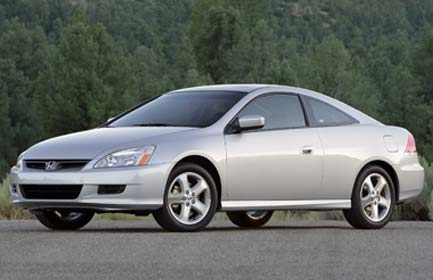-
2018 Buick Enclave “Avenir” will have ionic air purifier - April 12, 2017
-
Lease a Luxury Car for Less Than You Think - April 5, 2017
-
Shopping for a Car When Your Credit is Low - March 31, 2017
-
Aston Martin Closer to Unveiling Second-Generation Vantage - March 21, 2017
-
2017 Bentley Bentayga SUV: Offroad for $238,000 and Up - March 14, 2017
-
Pagani Huayra is Finally Here, Only $2.4M - March 9, 2017
-
Mercedes AMG E63 – For When Your Wagon Needs Drift - February 6, 2017
-
2018 Audi Q5 SUV: Enhanced Performance - January 30, 2017
-
2018 Toyota Camry Due in Late Summer - January 27, 2017
-
2018 Dodge Challenger SRT Demon Will Outstrip Hellcat - January 23, 2017
To Buy or Lease a Car
Leasing may be a good option for you if you are short on cash and want want lower monthly payments. Just remember you won’t own the car at the end of the lease and violating terms of a lease can be costly.
Here is a break down of the pros and cons of leasing:
Advantages:
- Lower down payment: If you are short on cash, a lease may be the way to go because most don’t require a down payment. Conversely, you can lower your monthly payment nearly twice as fast by increasing your down payment on a lease as you can on a conventional loan. Ask the dealer to work out those numbers for you.
- Lower interest rates: Leases offer lower interest rates than car loans because they are considered less risky.
- Lower monthly payments: Lower interest rates and the fact that you are not financing the entire cost of the vehicle means significantly lower monthly payments.
- Frequent trade-ins: If you like driving late model cars, leasing provides an easy way to keep riding in style. With a two-year lease, you can simply return the vehicle and lease a new model.
- No depreciation expense: Since you are not buying the car, you are not affected by its declining value.
Disadvantages
- Tough credit requirements: Because leases don’t require a down payment, they are riskier for lenders. As a result, leases generally require higher credit scores.
- No trade-in value: When you return the vehicle at the end of the lease, you will have nothing to show for the years of monthly payments you made. This gives you nothing to trade in toward your next vehicle.
- Mileage limits: Most leases limit annual mileage to 12,000 or so miles a year. If you have a long daily commute or like to take long road trips on the weekend, you risk exceeding the annual limit and will have to pay a fee of so many cents for every additional mile.
- Maintenance requirements: If you don’t maintain the vehicle properly, you could run afoul of lease requirements. If you tend to delay oil changes, skip tune-ups and other routine maintenance or are rough on your vehicles, a lease may not be for you.
- No alterations allowed: Because the car belongs to the leasing company and not you, you can’t customize it by installing a car rack, air foils or other aftermarket products that permanently alter the car. You must return the vehicle in the same configuration you bought it.

















